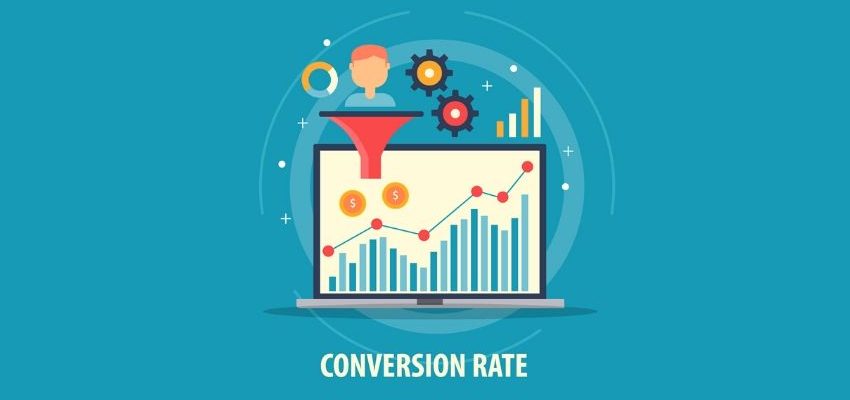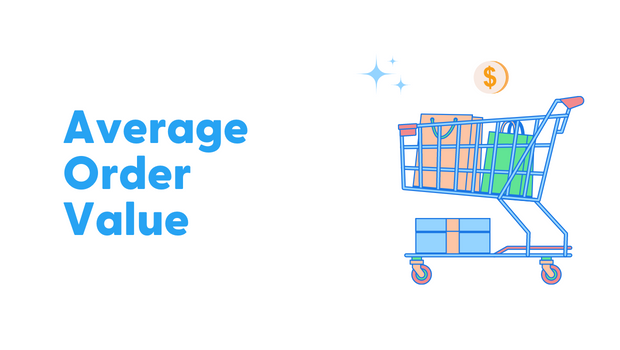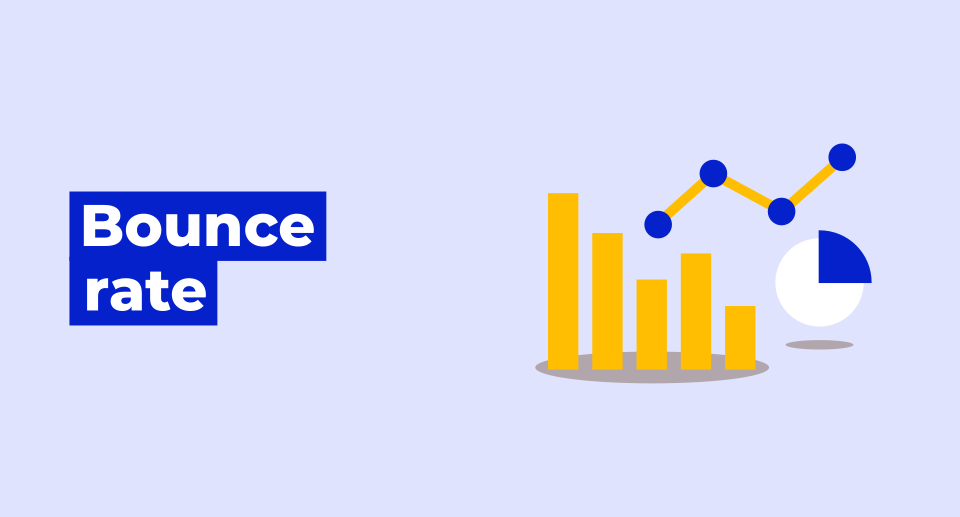Top 10 Metrics to Look out for When Selling in a New Market !

When beginning a new venture or business, it is essential to meticulously plan every step to ensure success down the line. This starts with understanding what your goals are as well as clarifying your target market. Once you have narrowed down your areas of focus, it is important to develop strategies that will help you reach those objectives.
Several factors go into establishing these strategies, such as identifying which channels will work best for reaching consumers (both online and offline), learning about your competition so that you can set yourself apart from them, and creating marketing materials that accurately reflect who you are as a company and what you stand for. Aspiring entrepreneurs must always keep their eyes on the prize by meticulously planning their steps toward attaining it!
To effectively sell to new markets, companies need to track specific numerical indicators. These metrics help managers assess the health of a market and make informed decisions about expansion, modifying pay structures, and more.
In this article, GrowthJockey helps you identify the top key metrics in an e-commerce operation for selling in new markets.
Top metrics to look out for in an e-commerce operation
Running an e-commerce business is a very lucrative venture—one that can provide many people with a healthy income. However, it's important to be mindful of the metrics to ensure that the business continues to grow and provides a positive return on investment for all parties involved.
Here are some of the most important metrics in an e-commerce operation that Growth Jockey wants businesses to keep an eye on when running an online store.
1. Traffic

Analyzing a new marketplace in an e-commerce operation can be difficult. First and foremost, you need to know your traffic patterns. Next, keep an eye on how many customers are coming into your store. It's clear that knowing how many people you have brought in overall is important, but sometimes the essential indicators buried inside your total traffic can be even more beneficial for discovering growth prospects.
Getting to know your audience is essential—_who they are, what channels they are using to learn about you, and where they live—_so as not to miss out on marketing opportunities or lose focus due to a lack of data. You also need the ability to make educated decisions regarding where your store belongs in this new marketplace, with shipping being one key factor of importance!
2. Conversion rates

Conversion rate optimization is a distinct field in which your approach must be tailored to your business, target audience, and offering. Reviewing the fundamentals is an excellent place to begin, even though some tweaking is inevitable due to your store's unique characteristics.
It's important to track your store's conversion rate to see how many visitors become paying customers. According to Growth Jockey, you shouldn't focus on just one exchange rate, though. Instead, you should pay special attention to three metrics in an e-commerce operation: the number of individuals who add things to their basket, the number of people who proceed to the checkout page, and the number of people who complete their purchases.
By understanding these numbers at each stage of the purchase process, you can learn a lot about your shop's performance and make necessary adjustments to your e-commerce operations.
3. Total sales

When analyzing overall performance, it's essential to look at your store's sales data in several different ways. For example, total sales are an important metric to look out for in an e-commerce operation, but they are not the only thing that matters. After all, it's a game-changer for your business, and you will be keeping an eye on it no matter what our recommendation is.
However, looking at sales data for a few months can provide insight into some other important factors that may affect your e-commerce operations' success. For example, if you notice an increase in sales on certain days or periods, you should investigate why this might be and how you can capitalize on this trend to grow your business even further.
4. Average order value

When analyzing a new marketplace in an e-commerce operation, it's important to track several key metrics, including the average order value. This statistic shows how much money customers usually spend on each purchase and can help determine whether or not your prices are fair and what kind of discounts you should offer to **encourage more buyers.**Seeing an increase in this number correlates with increased profits and decreased shipping costs for your business.
5. Repetition of customers

After analyzing data from marketplaces like Marketplace 360 and e-commerce, you may be asking yourself one question: How many people are returning to your e-commerce operation? The ratio of new to returning customers is another indicator of your store's success.
Again, you want a healthy mix of new and repeated consumers, with the appropriate percentage of new customers fluctuating over time. Retaining a certain fraction of your recent consumers is essential to maintaining meaningful savings in time and resources. After all, everyone began as a new customer!
6. Tracking browsing patterns
![]()
Watch what people do after visiting your e-commerce site. Are they finding what they are looking for quickly and easily? Are pages loading quickly enough? Do your ads and landing pages match each other well? Sometimes it can be helpful to watch people interact with your site to see how long they spend on each page and where they leave off. Keeping track of user behavior in an e-commerce operation can help you identify why people stop coming back to your site and making a purchase.
7. Customer Acquisition Cost (CAC)

Many new businesses invest a lot of money in sales and marketplace opportunities in e-commerce to bring in new customers, but only a tiny fraction of these customers ever buy. This "startup killer" metric has been dubbed by the media and is referred to as CAC. To calculate your customer acquisition cost (CAC), divide your total sales and marketing expenses for a particular period by the number of new customers you gained during that time.
_What types of marketing and sales expenditures do you consider when evaluating your performance in the marketplace?_every single one! As soon as you start seeing an increase in the CAC statistic, it's important to investigate what might be causing this problem so that you can correct it or mitigate its effects before things get out of hand.
8. Cart Abandonment Rate

Managers of online stores should keep an eye on cart abandonment rates, as this metric in e-commerce operations may indicate more serious issues. According to GrowthJockey, calculating cart abandonment is simple: divide the number of checkouts by the number of carts filled in a given period and multiply the result by 100. If this figure exceeds a certain threshold, it may be indicative of an issue with customer engagement or store design.
9. Bounce Rate

The bounce rate for a website is the percentage of visitors who only read one page on the site before leaving. Similarly, the cart abandonment rate is the percentage of visitors who abandon their shopping carts after filling them up with items. An average of 45% of visitors to online stores immediately leave the site without making a purchase
If your website's bounce rate is high, it could mean that there are issues with the user experience. Google Analytics makes tracking this information easy, so you can figure out what needs to be fixed and improve it as needed.
10. Net Promoter Score

No matter how important or tangible some of the other metrics may be, measuring customer loyalty is still an essential part of running a successful e-commerce operation
This is where the Net Promoter Score (NPS) survey comes in handy since it allows you to gauge customer loyalty on a scale from 0 to 10. The higher the score, the more loyal your customers are to promoting your company's products or services to others.
A company's Net Promoter Score (NPS) can be determined by taking the percentage of satisfied customers and subtracting the percentage of unhappy customers. The higher the NPS score, the more promoters (happy customers who are happy with how they do business) a company has. By understanding which parts of your customer base are most satisfied, you can make better decisions about where to allocate resources and invest in future growth opportunities.
Conclusion
With the help of the metrics listed above, you can keep an eye on your company's progress in e-commerce operations. After figuring out which areas you want to monitor, the next step is to figure out a way to track them accurately. Finally, if you're looking for ways to boost your business's bottom line, experiments may be a good way to go about it.
With GrowthJockey by your side, it's easy to scale up your business without adding unnecessary overhead or taking on risk. We know that even after tracking metrics and taking action to improve them, it can be difficult to establish a foothold in a new market where results matter most.
That's why we are here to provide you with everything you need to succeed, from skilled workers who will help execute your strategy properly to technology and networking resources that will help broaden and extend your reach.
At GrowthJockey, our sole focus is on creating custom solutions that address the unique challenges faced by our clients in the e-commerce industry. We are committed to helping businesses of all sizes, from small-scale enterprises to large corporations, harness the power of technology.
Get in touch with us today to scale your business with our expert eCommerce solutions !








